Explore what other action you can take to support wellbeing
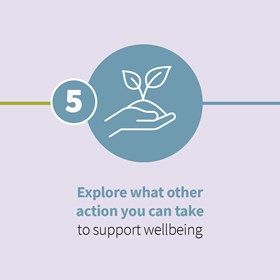 Letting the new law work for you and your employees
Letting the new law work for you and your employees
Presenting new employees with an easy-to-understand document that lets them know the key details of their employment can benefit you – and them – from day one. See it as a powerful and effective way to build a great working relationship and employee trust from the beginning.
If you have an existing statement of written particulars that works well for you, then it may make the most sense to update this with the additional information you now need to include. If you haven’t prepared a statement like this before, then you might like to use a template to make sure you have all the headings you need, and don’t miss anything out.
You can download this template to help you quickly build a Day One Statement that complies with the law and also showcases your employee wellbeing support. Acas also has some minimal templates available on its website suitable for both employees and workers.
Even if you use a template, there is plenty of scope for you to tailor the information to highlight the benefits you offer employees. As every employer is different, there is no ‘one size fits all’ solution and the new legislation does not limit the format that your statement should take. The majority of the required information must be provided in a single, clear document, but beyond you can be creative and truly engage employees from day one.

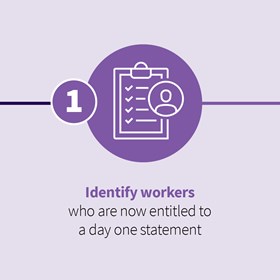 The new rules apply to ‘workers’ as well as ‘employees’. If you employ casual or temporary staff, these workers are likely to now be entitled to a Day One Statement as well. Make sure you distinguish clearly between ‘employees’ and ‘workers’. Ensure you give each person the correct statement to avoid any confusion.
The new rules apply to ‘workers’ as well as ‘employees’. If you employ casual or temporary staff, these workers are likely to now be entitled to a Day One Statement as well. Make sure you distinguish clearly between ‘employees’ and ‘workers’. Ensure you give each person the correct statement to avoid any confusion. 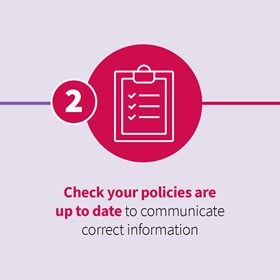
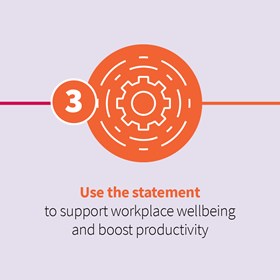
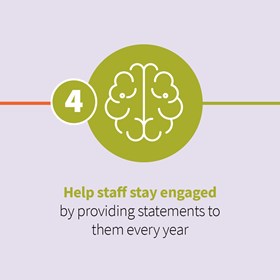
 Letting the new law work for you and your employees
Letting the new law work for you and your employees